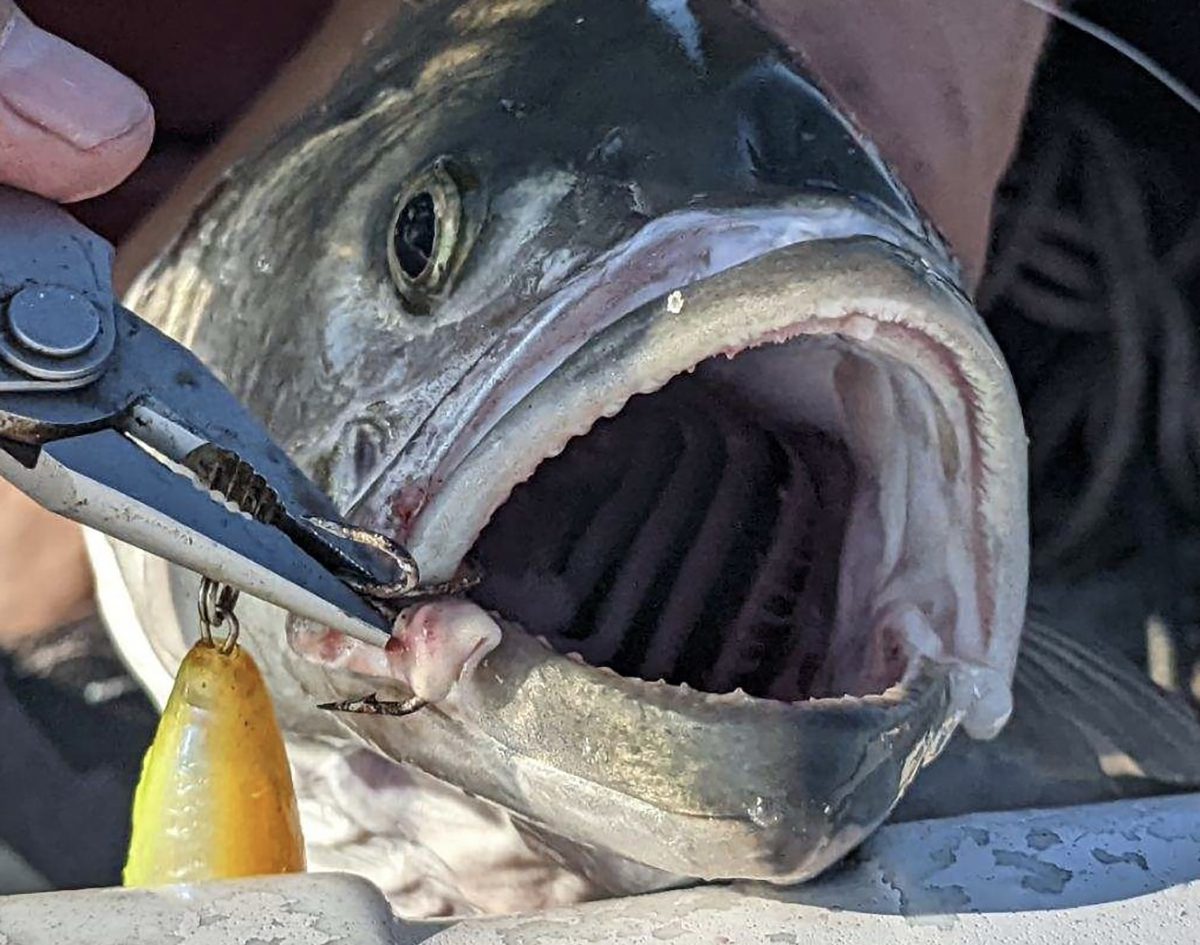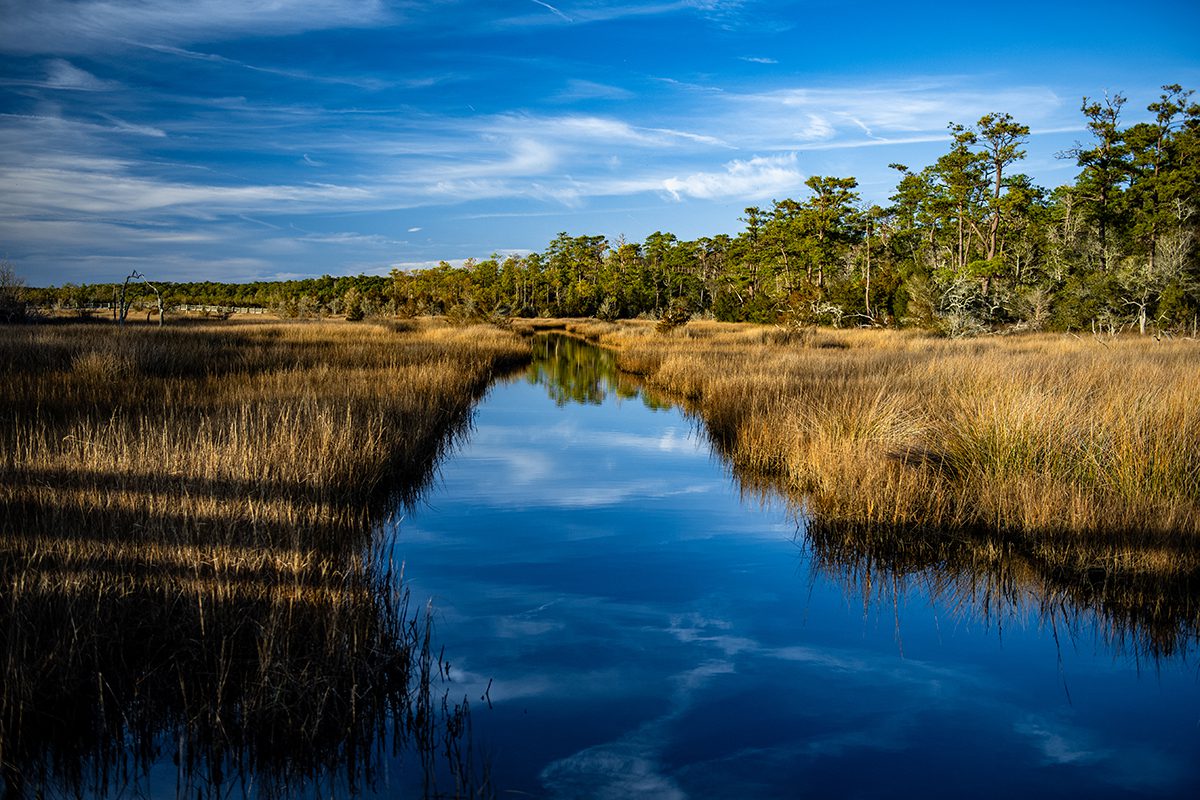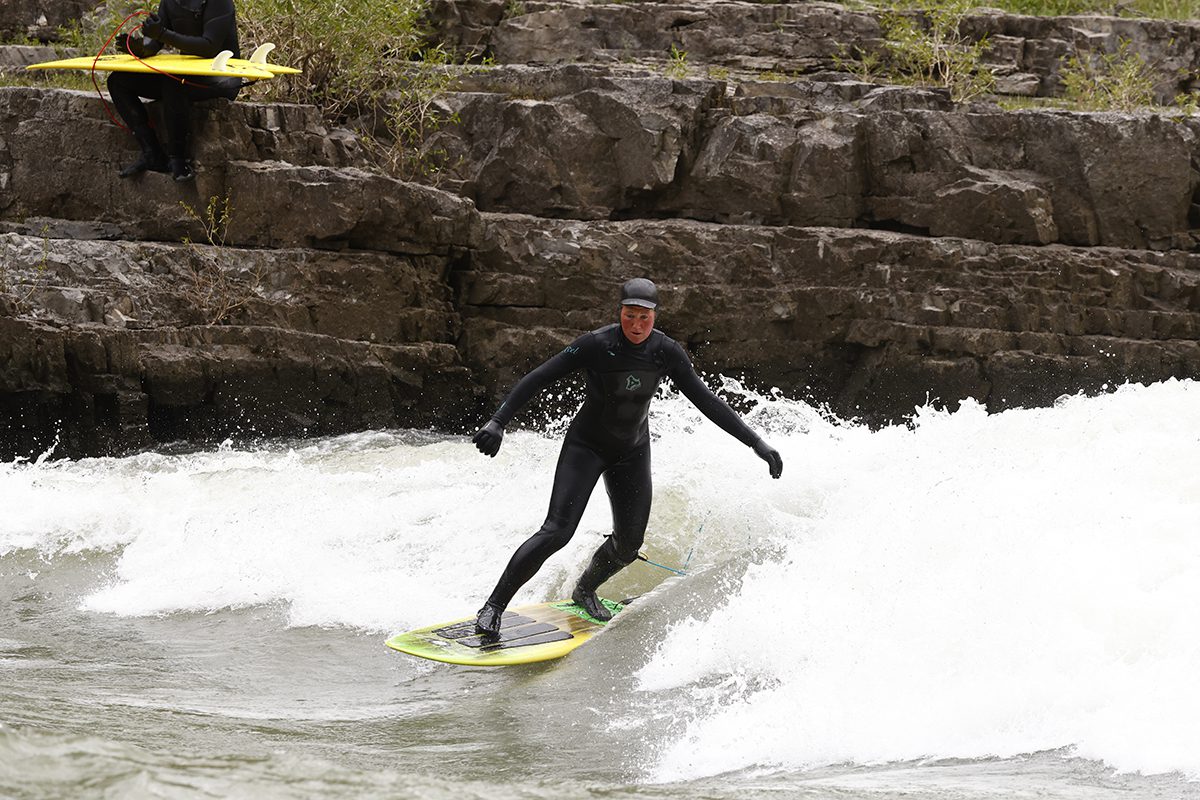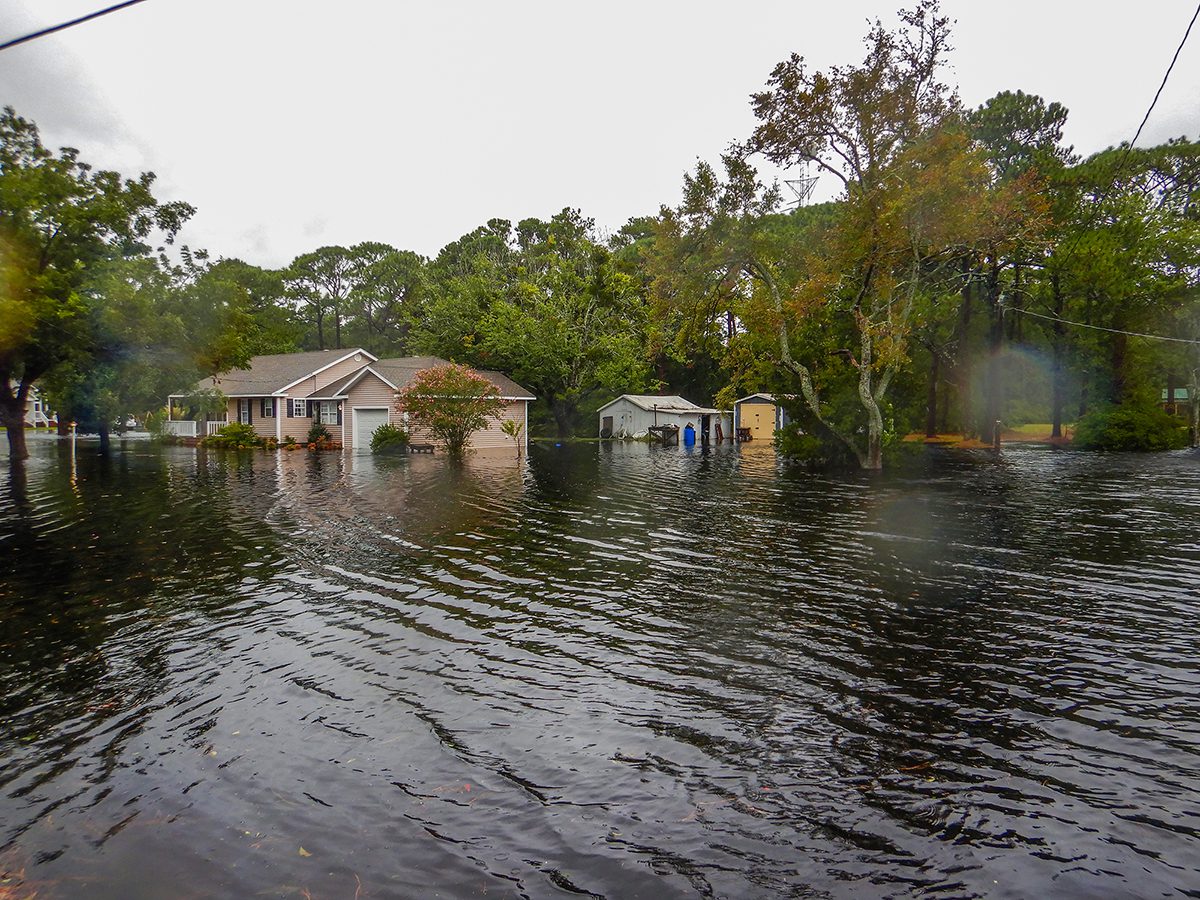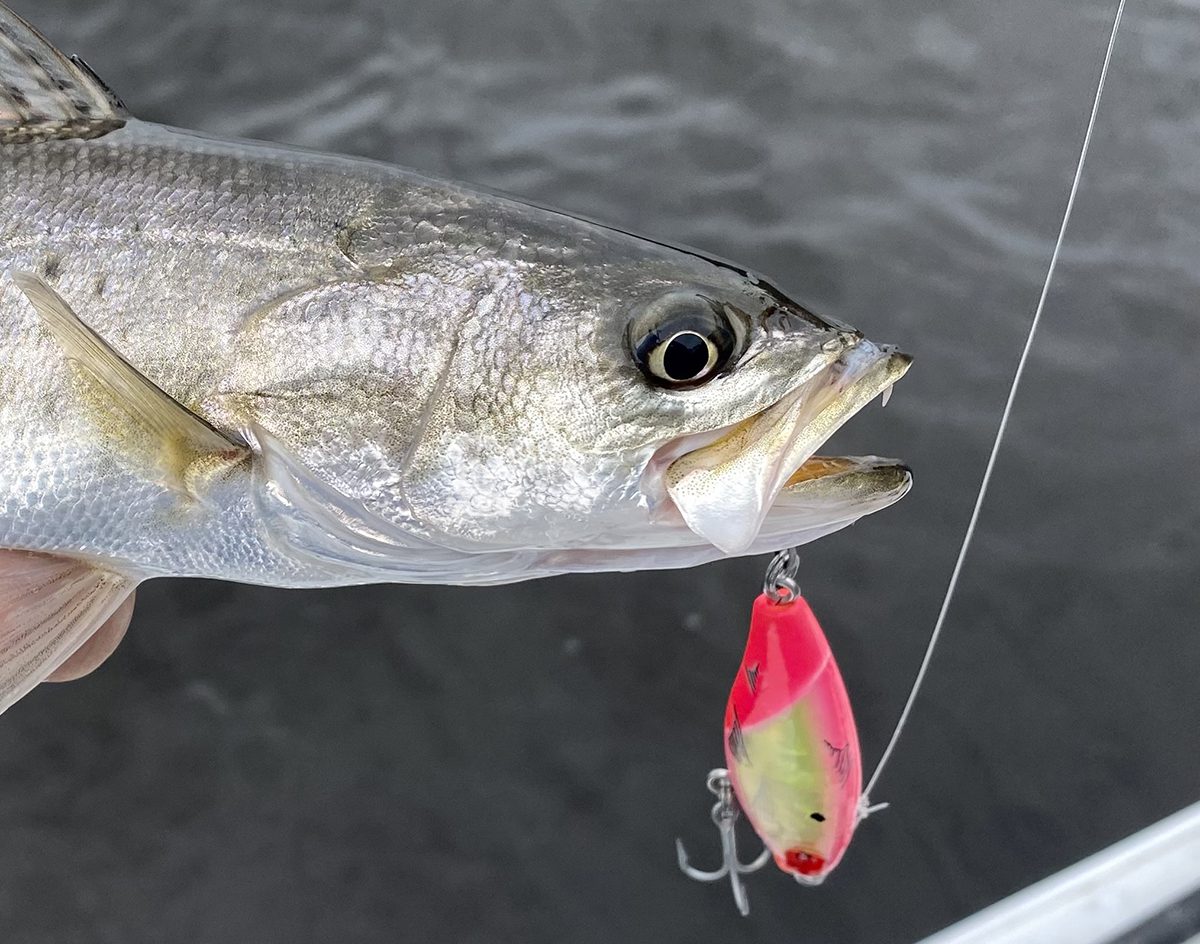
If you do research on plug fishing, you’ll find all about old lures like the Heddon Lucky 13, Creek Chub Pikie Minnow and other classics of the genre.
Which came first is a matter of debate that goes on still. Basically, they started out as carved-wood replicas of baitfish and were created primarily for freshwater bass fishing.
Sponsor Spotlight
There’s a famous story of James Heddon whittling on a piece of wood, tossing it in the water when he was done, and watching as a bass came up and swallowed it. This may or may not be actual fact, but the point remains that carved-wood fishing lures have caught a lot of fish over the years.
Today your plugs are more than likely made of molded plastic, tested in a tank at a research lab, and can do everything from dance on the surface to dive down more than 30 feet deep. Let’s take a look at popular plugs used for inshore fishing on our coast and how we fish them.
Let’s start on the top. Topwater plugs come in quite a few styles. For our purposes we will focus on two, poppers/chuggers and dog walkers.
Poppers and chuggers are pretty much the same thing. The main difference I’ve ever seen is what the manufacturer seems to want to call it. Maybe there is a difference in the noise they make. I can’t tell a difference.
Sponsor Spotlight
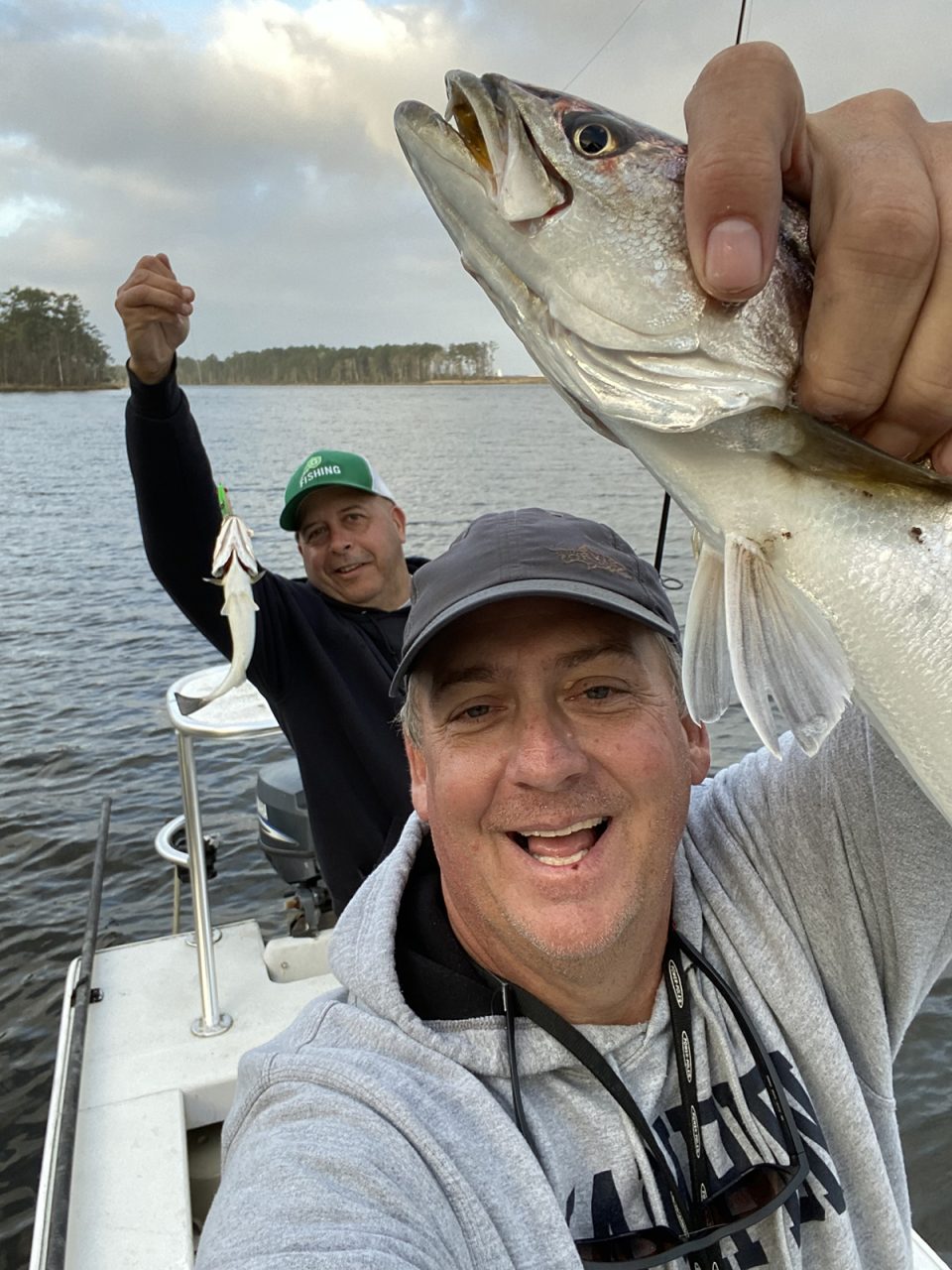
I’ve used big bottle poppers made by Yozuri to catch amberjack on nearshore reefs. The bottle popper is so named due to the shape that resembles a Coke bottle. It has a big hollowed-out face and makes a lot of noise that can call in fish from quite a ways. It’s a good choice in deeper water when you know fish are staging off the bottom and looking around. The noise will bring them running.
When speckled trout are in the surf and the water is not too cold, they will come up for a popper as well. The distinctive sound will get their attention and the shape and movement as the plug is twitched across the surface will trigger a strike. The other type of topwater we like to use is the dogwalking style. I like the Rapala Skitterwalk, others prefer the Mirrolure She Dawg.
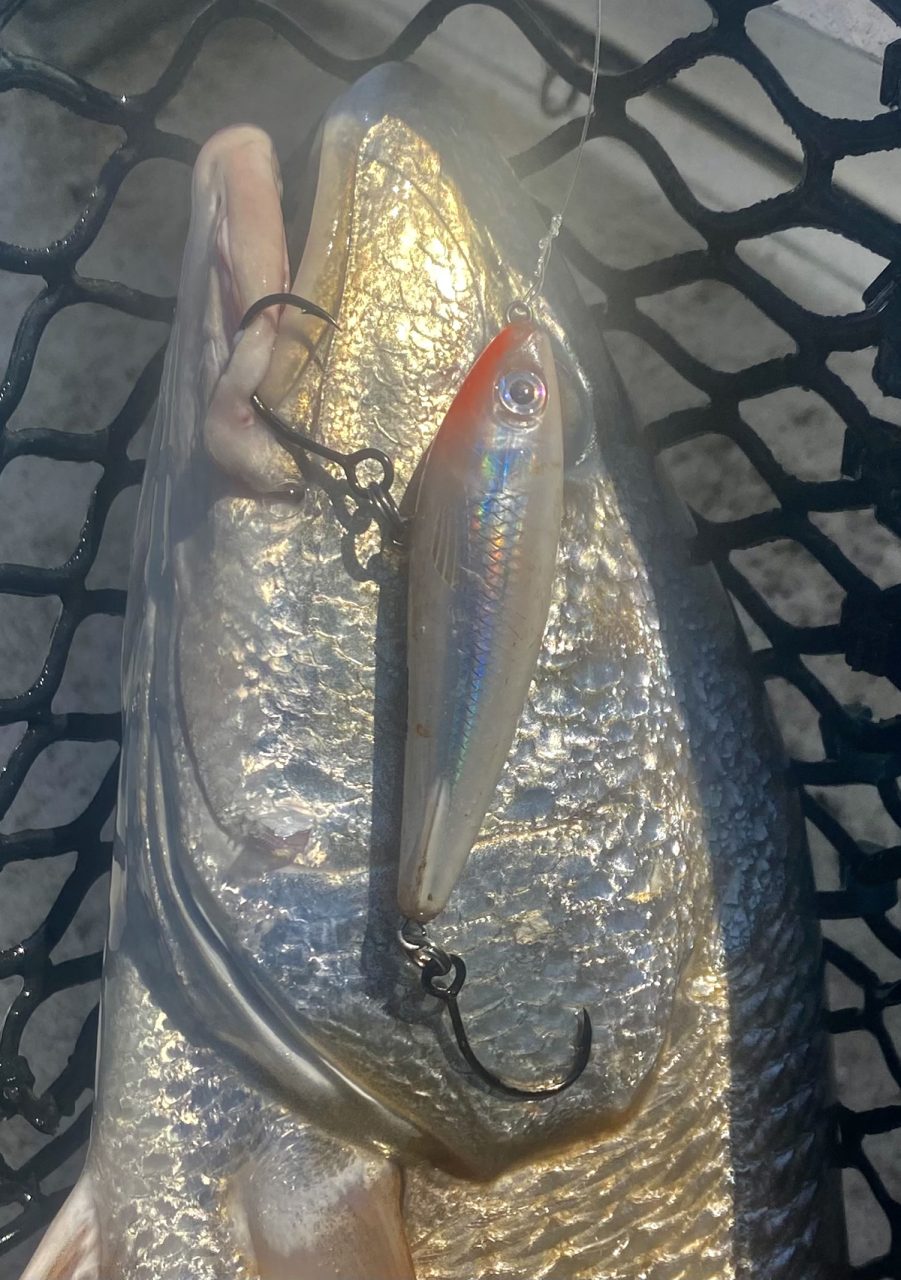
Work it by twitching your rod tip with a slight amount of slack line between twitches. The slack allows the lure to change direction and when done properly, it will dart across the surface in a zigzag manner. Darting along, making a slight splash — they have rattles inside to make noise that is great for attracting attention in shallow waters. I’ve seen red drum and trout move from 40 feet away to come and smash them.
Fish will target prey species that are having a difficult time and a dogwalking plug must really look like an easy target.
Next, we will consider swimming plugs. This style was really popularized with the Rapala Finnish swimmers introduced by the Normark Corp. in the 1970s. Now they are made by every tackle company.
Popular models include the Rapala X Rap, Shimano SP, and other similar. It’s basically a long, thin minnow-shaped plug with a plastic lip on the front. When pulled through the water, the lip will produce a wiggle and a vibration.
This style seems to be best in clear waters between 5 and 12 feet deep. You can catch fish simply by reeling the line in with no embellishments. I have found that adding a pause after a twitch will trigger strikes and any kind of hesitation will usually be when a fish bites.
I’ve caught speckled trout, red drum, striped bass, bluefish, Spanish mackerel, king mackerel, bonito and even flounder and, of course, lizardfish with them in saltwater. A good point to realize is that by varying the size of the lip, we can make the lure work at different depths. A smaller and thinner lip will work shallow, while a longer and thicker lip will dive deep.
Smaller diving plugs like the Yozuri DD series can be trolled with a light rod. The big, deep-diving plugs pull so hard that a pretty heavy rod will be needed just to fish them, whether trolled or casted. But they can get down to fish holding in deep water that might not be able to be accessed in other ways besides a deep jigging approach.
Finally, we will take a look at the lipless darter plug. These will be cigar- or teardrop-shaped and they usually sink at rest. The sink rates will vary with the brand and model. We usually will fish slower-sinking plugs as the water gets colder through the fall. After casting, a quick twitch of the rod tip makes it dart. Pause. Twitch again. Pause again. Twitch, twitch. Pause, etcetera. The strikes come on the pause.
Most speckled trout anglers fishing in creeks in late fall and winter will be using the teardrop-shaped darter plugs such as the Mirrolure MR 17. If you see anglers lined up and casting to a slough on the beach in October and November, they will primarily be using the cigar-shaped versions like the Mirrolure 52, even though some larger versions of the teardrop-shaped plug are starting to become popular as well.
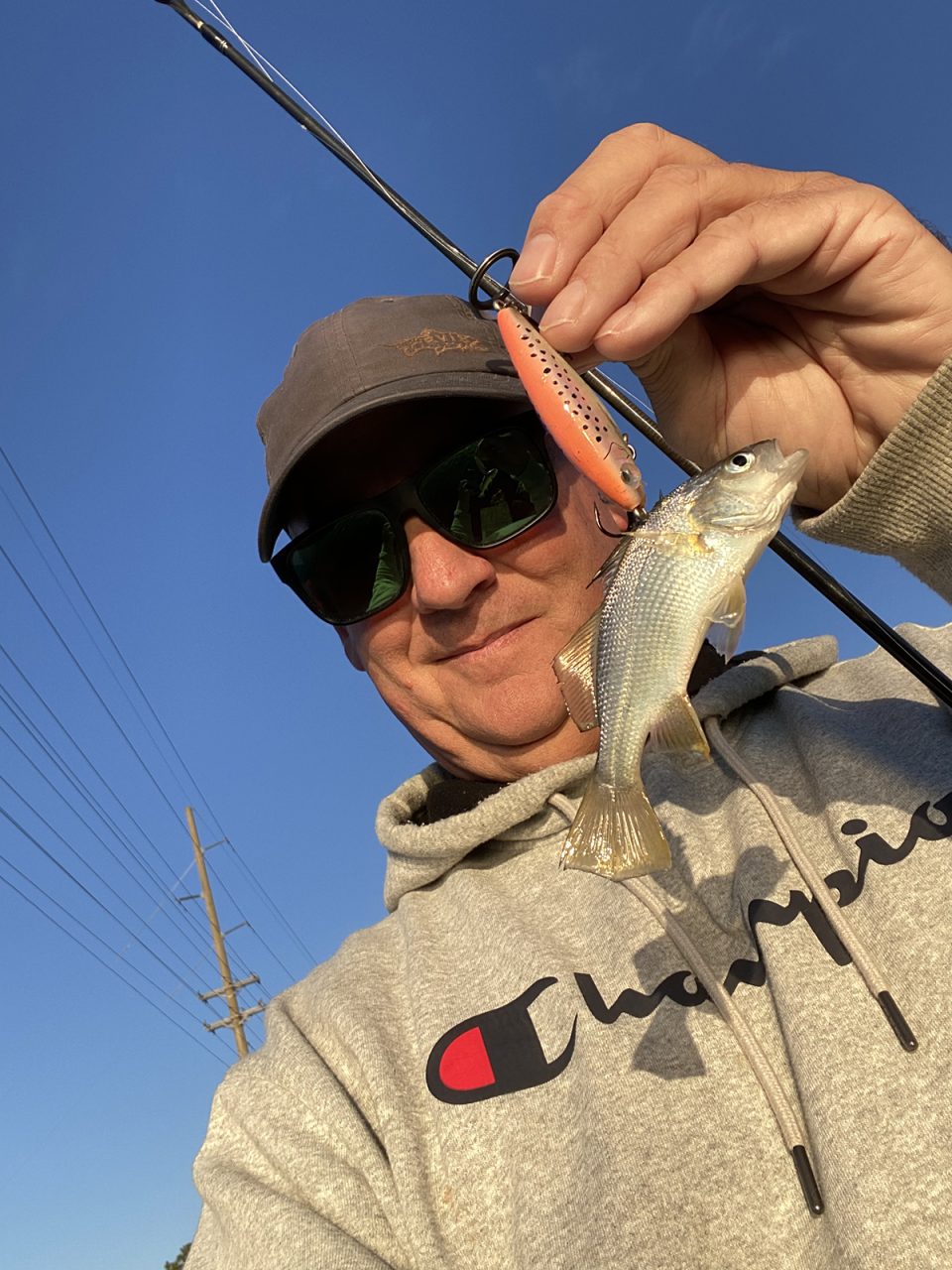
If fishing in a creek with faster current, use the ones that are weighted a little more and sink a bit faster. I’ve caught fish on them right through January in fast-moving water. You can find the darter that matches your water conditions and fish moods by using the ones with more or less weight and slower or faster sink rates. Darters are some of the most popular styles of plugs used for speckled trout fishing all along our coast.
By being aware of these different types of plugs and knowing how to fish them and when, you can catch fish in almost any situation.
A final note on topwater too, many anglers look at them as some kind of stunt, or that it only works at low water or during low-light periods. When the water is hot and there is a lot of bait around, I consider topwater plugs the best way to fish. In an informal poll I took of experienced recreational and professional anglers, they were overwhelmingly listed as their most effective style of plugs. Keep that in mind when choosing how to proceed.
Manufacturers of plugs used by the author and those polled were the following:
